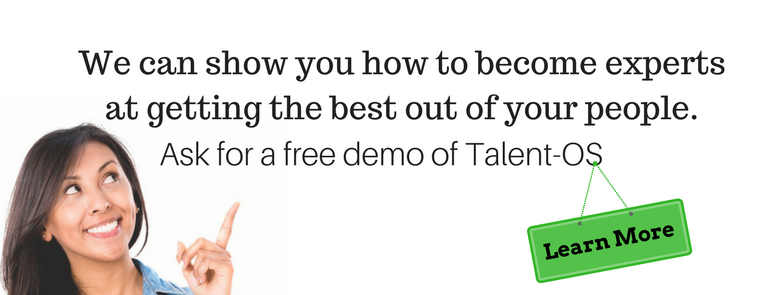Empathy and compassion can be clearly seen in the role of the toxic handler. For years as a leader, I would always tell people that one of my jobs was to “be the umbrella, stopping the rain from above from falling on them.” This made so much sense to me. There was tremendous productive value in ensuring my teams weren’t mentally distracted. Often I rephrased messages that came down insensitively from above or were poorly framed in a town hall meeting by a socially unintelligent leader. Most of the time, because I was trusted, people calmed down and went back to work. That said, I never incorrectly translated a message, because people have a right to complete transparency. You can’t hide reality, nor do you want to lose credibility by lying about what is happening. When the truth was indeed negative, I would chat about what it meant with whoever wanted to speak about it privately. Some would accept it, and s would seek peace. Whatever the motive or need, I was happy to satisfy it so that we could all go back to work.
In my research, I found that the toxic handler is a well-documented form of empathy and compassion, and an incredibly important organizational role, more necessary than ever given the high pressures of today. A great Harvard Business Review article titled “The Toxic Handler: Organizational Hero—and Casualty” reveals the scientific basis for the importance of this role and how it should be rewarded and encouraged.1 Today these individuals are for the most part unseen and not valued because of our blindness to the human factors that exist in organizations.
For this article, the authors interviewed and observed 70 executives who were either toxic handlers themselves or who had one working for them. The authors defined a toxic handleras “a manager who voluntarily shoulders the sadness, frustration, bitterness, and anger that are endemic to organizational life.”2 This role is important, and every manager and coworker should strive to reduce workplace stress so that work can flow smoothly. Any stress that isn’t dealt with causes work to slow further, in turn building more pressure, a vicious cycle if not short-circuited. The work of the toxic handler is absolutely vital to success when large teams have to collaborate and overcome every obstacle, even those erected unintentionally by the organization. Toxicity is frequent, and deadly to productivity.
In the article, the authors provide further insight into how beneficial these unsung heroes are. “[Great] ideas dry up when people are hurting or when they are focused on organizational dysfunction. It is toxic handlers who frequently step in and absorb others’ pain so that high-quality work continues to get done.”3
Research identifies five specific ways toxic handlers impact the organization:
They listen empathetically. In essence, they always have time for people who need to talk. In fact, I always told people my door was open, and I meant it. As a result, team members stopped by to chat. Sometimes they needed reassurance, and others just wanted face time. Either way, I was a very good listener. Most important, I would never judge why they came, what was bothering them, or how important it was. All that mattered was it was important enough for them to stop by. Research confirms that being nonjudgmental is critical.
They suggest solutions. Compassion is all about helping. Alleviate the pain if you can by listening, but help In my research, I found that the toxic handler is a well-documented form of empathy and compassion, and an incredibly important organizational role, more necessary than ever given the high pressures of today. A great Harvard Business Review article titled “The Toxic Handler: Organizational Hero—and Casualty” reveals the scientific basis for the importance of this role and how it should be rewarded and encouraged.1 Today these individuals are for the most part unseen and not valued because of our blindness to the human factors that exist in organizations.
They work behind the scenes to prevent pain. If you know some- one is going to face a situation that is very unpleasant, intervene if doing so makes sense. Preventing a painful situation is better than dealing with the aftermath, so be alert, and be proactive.
They carry the confidence of others. To be in this role, you must be absolutely trustworthy. If not, who will ever come to you? And, rest assured, if you violate an individual’s trust, it will spread. Humans have tremendous survival skills, and one such skill is group members alerting others to danger. Sometimes this is referred to as gossip, but it is how we are wired, and bad news travels fast. Be a confidant.
They reframe difficult messages. As just noted, reframing difficult messages is valuable—especially if you work in an organization where a senior leader or the chief executive doesn’t understand the feelings of others. It can keep you busy, but the dividends are high.
To me, these people are very, very important to any organization. Observe and listen, and you will find out who they are. Thank them for voluntarily taking on this role. Note how important it is to organizational effectiveness. It will lessen their burden. And, remember, behavior is contagious. Spreading this toxic handling behavior through the organization is very beneficial.
Notes
- P. Frost and Robinson, “The Toxic Handler: Organizational Hero—and Casualty,” HarvardBusiness Review (July-August 1999, 97–106. )
- Ibid., 98
This blog post is excerpted from Chapter 7 of Transforming IT Culture, published by Wiley in 2013.


